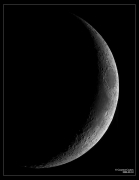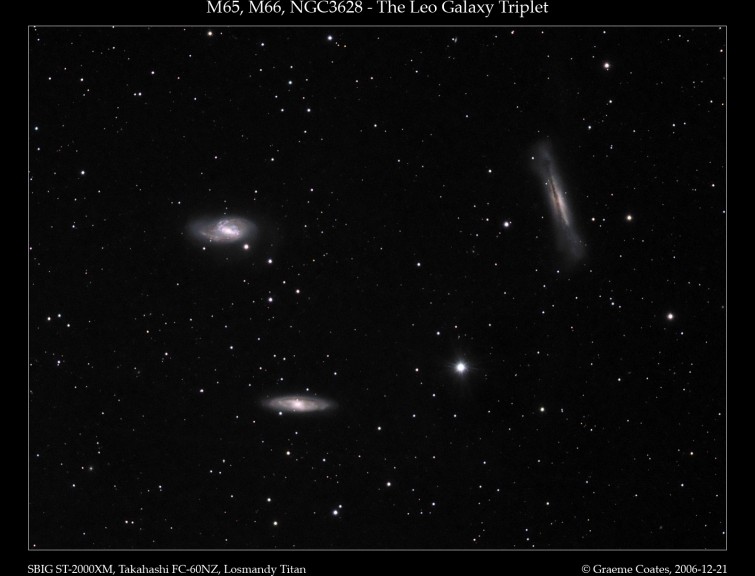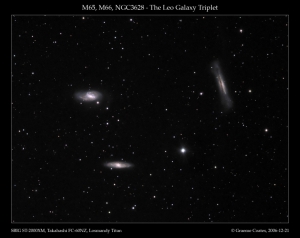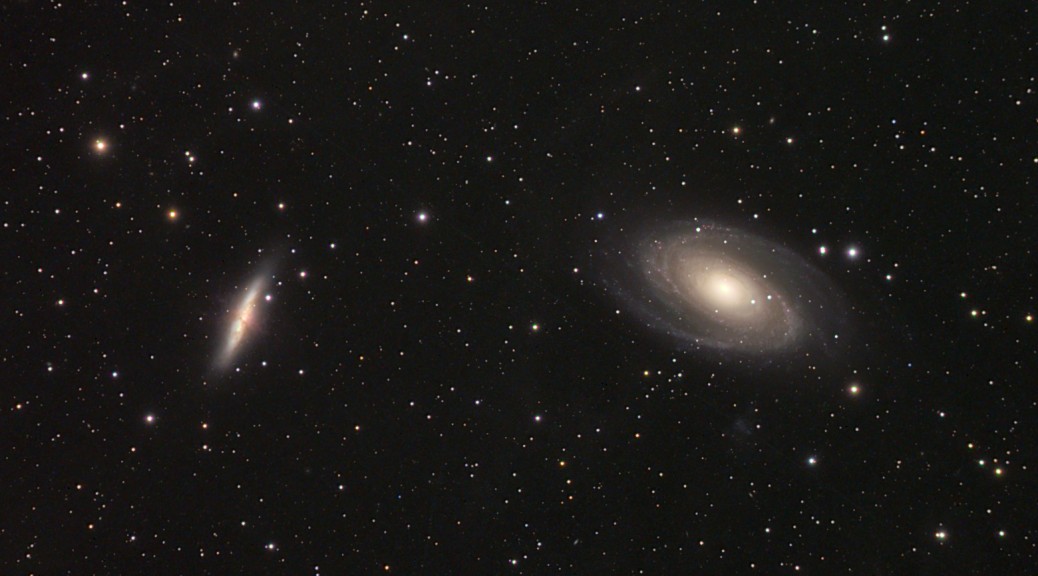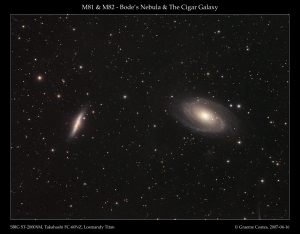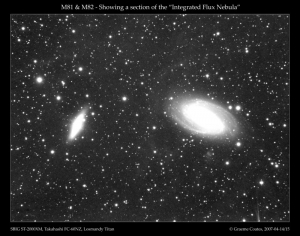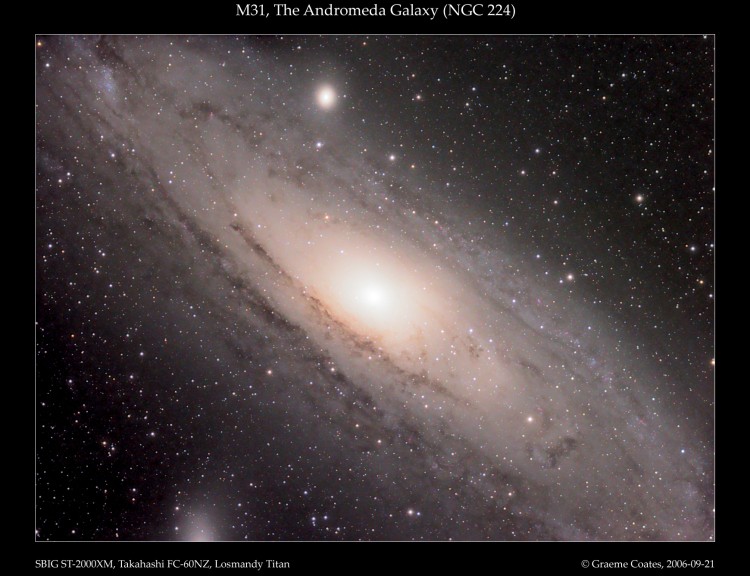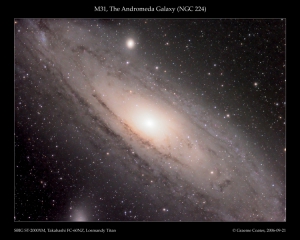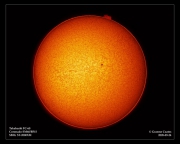 Continuing in the migration of my old site, here’s a post with a round up of my best h-alpha solar images. For a while, I owned a Coronado Solarmax 60 with BF15 blocking filter which I used to use on my Takahashi FC60NZ – I traded this more recently for the FLT110 – I found that I really wasn’t getting to use the h-alpha equipment for most of the year (work gets in the way when the sun is up!).
Continuing in the migration of my old site, here’s a post with a round up of my best h-alpha solar images. For a while, I owned a Coronado Solarmax 60 with BF15 blocking filter which I used to use on my Takahashi FC60NZ – I traded this more recently for the FLT110 – I found that I really wasn’t getting to use the h-alpha equipment for most of the year (work gets in the way when the sun is up!).
The h-alpha filter works by using an etalon to restrict the wavelengths of light as viewed through the telescope down to only a small region of the spectrum around 656.3nm (typically with a bandwidth of <0.7Å), which is a principal emission wavelength of excited hydrogen atoms (for the transition n=3 to n=2 in the Balmer series). This allows features such as prominences, flares, filaments and active regions to be observed, whereas in white light these are often not as noticable or are invisible.
Continue reading Solar H-Alpha Imaging Round Up
